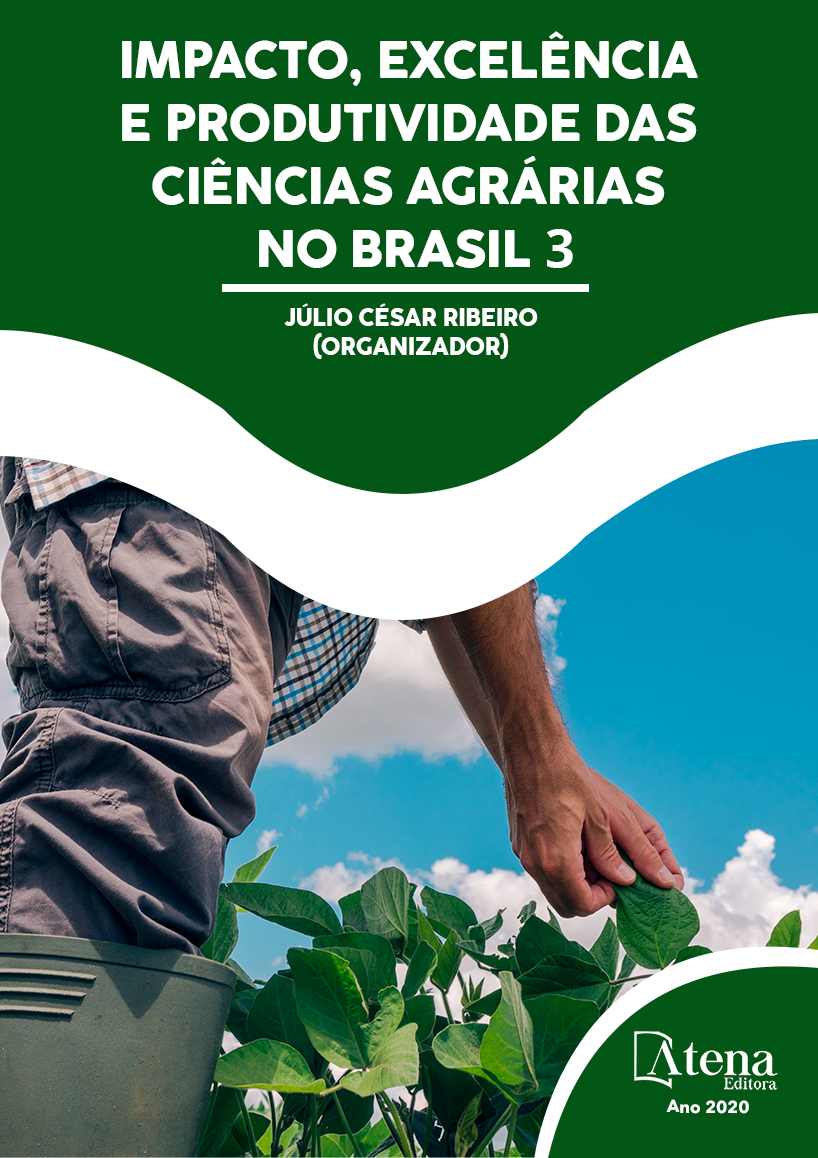
MÉTODOS DE CONTROLE DE ESCURECIMENTO ENZIMÁTICO EM BATATA (Solanum tuberosum)
Objetivou-se com o presente trabalho verificar o efeito de métodos físicos e químicos no controle do escurecimento enzimático e nas características físico-químicas de batatas. Batatas da variedade inglesa (Solanum tuberosum), descascadas e com formato retangular (1,5x1,5x4,0 cm) foram aleatoriamente submetidas a quatro tratamentos: controle (C), branqueamento por imersão em água fervente por 2 minutos (B), revestimento com solução de amido de milho a 2% (R) e imersão em solução de ácido cítrico a 1% (A) por 1 minuto. Após, congeladas por 6 dias e analisadas quanto ao pH, acidez total (%), sólidos solúveis totais - SST (°Brix) e análise visual da cor. Dos métodos avaliados, o branqueamento (B) e a imersão em ácido cítrico (A) foram os mais eficientes no controle do escurecimento enzimático. Não houve variações expressivas nos parâmetros físico-químicos entre os tratamentos
MÉTODOS DE CONTROLE DE ESCURECIMENTO ENZIMÁTICO EM BATATA (Solanum tuberosum)
-
DOI: 10.22533/at.ed.49020210522
-
Palavras-chave: batata, peroxidase, branqueamento, revestimento, ácido cítrico
-
Keywords: potato, peroxidase, bleaching, coating, citric acid
-
Abstract:
The objective of this study was to verify the effect of physical and chemical methods in the control of enzymatic browning and in the physicochemical characteristics of potatoes. Potatoes of the English variety (Solanum tuberosum), peeled and rectangular (1.5x1.5x4.0 cm) were randomly subjected to four treatments: control (C), bleaching by immersion in boiling water for 2 minutes (B), coating with 2% corn starch solution (R) and immersion in 1% citric acid solution (A) for 1 minute. Afterwards, frozen for 6 days and analyzed for pH, total acidity (%), total soluble solids - SST (° Brix) and visual color analysis. Of the methods evaluated, bleaching (B) and immersion in citric acid (A) were the most efficient in controlling enzymatic browning. There were no significant variations in physical-chemical parameters between treatments
-
Número de páginas: 7
- Anderson Sena
- Aretthuzza Caiado Fraga Giacomin
- Douglas Martins Menezes
- Iure Tavares Rezende
- Marcos Vinicius Ferreira Neves
- Priscilla Macedo Lima Andrade
- Marcus Andrade Wanderley Junior


